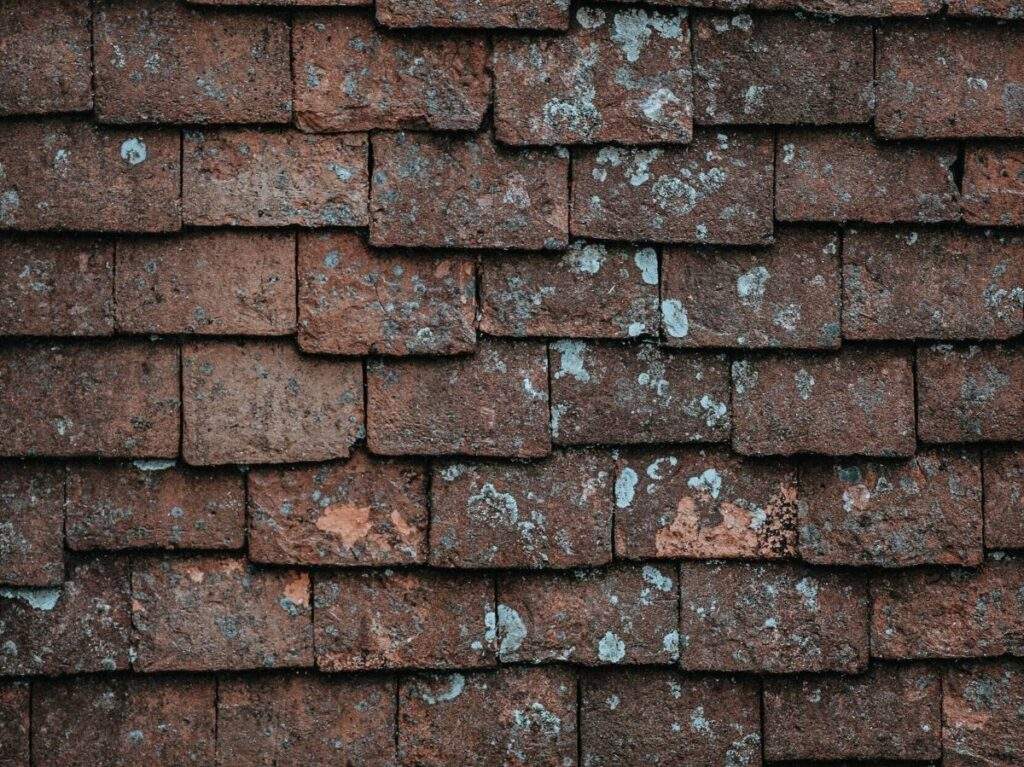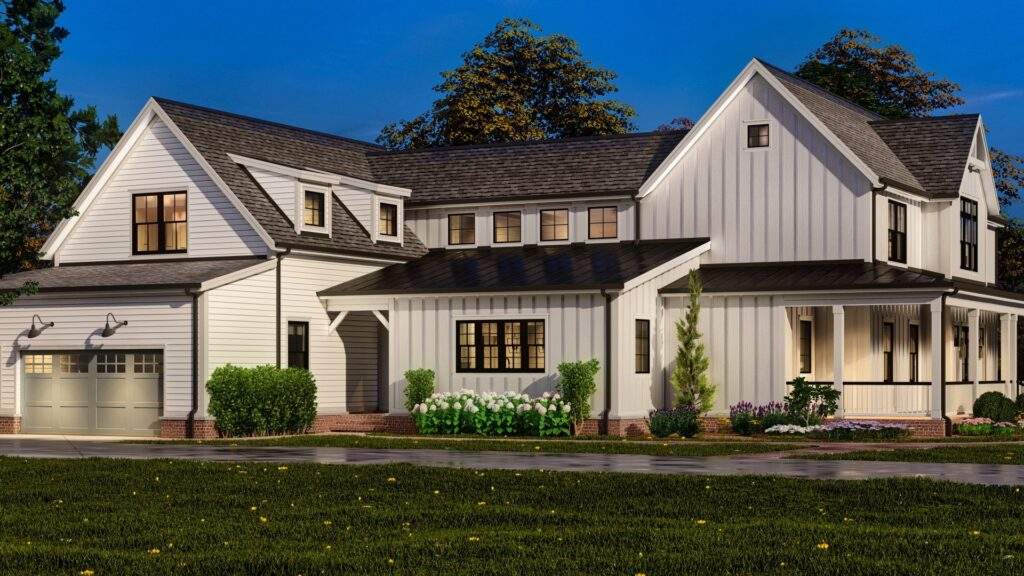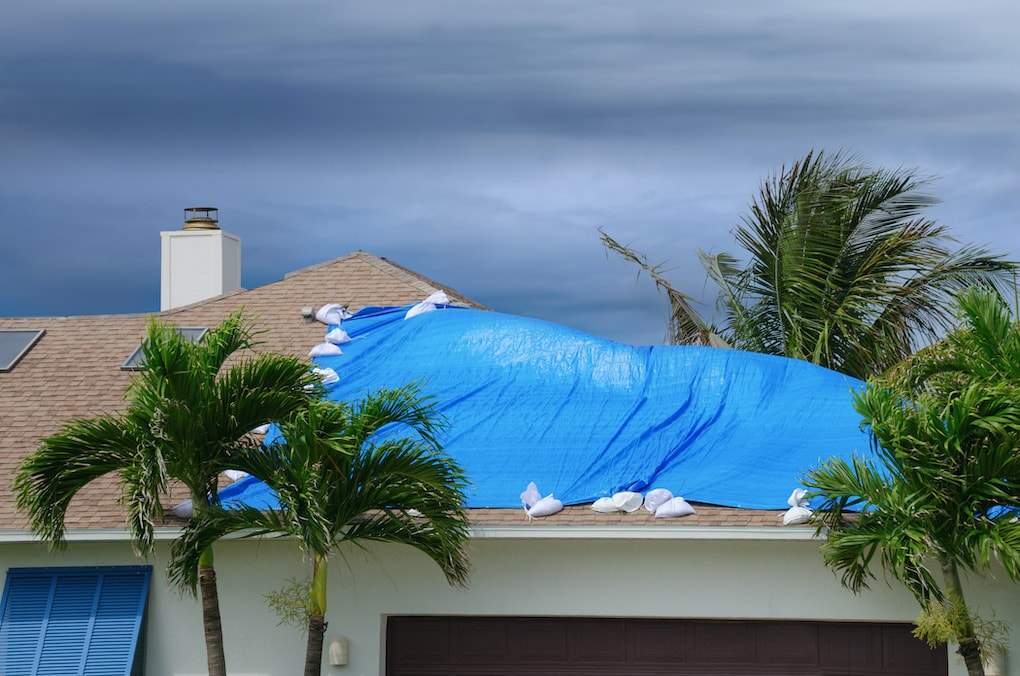If you’re a homeowner in Lexington, KY, you’ve likely faced roof leaks—or will at some point. Whether it’s a spring thunderstorm sweeping through Masterson Station or winter ice dams forming over Chevy Chase, roof leaks are a common and serious issue. Left untreated, even a small drip can lead to stained ceilings, mold growth, and structural damage.
Here’s what every Lexington homeowner should know about the real causes of roof leaks—and what to do about them.
Causes of a Leaking Roof in Lexington: Poorly Installed or Aging Flashing
Why it causes leaks: Flashing seals areas around chimneys, skylights, vents, and valleys—anywhere the roof transitions or opens. When improperly installed or aged, flashing can develop cracks or pull away, letting water seep beneath the shingles.
How to fix it: A professional inspection can identify loose or rusted flashing. In many cases, Craftsmen Roofing and Exteriors can reseal or replace it quickly. Learn more about our roof repair services.
Causes of Leaks
Roof leaks can be caused by a variety of factors, each contributing to potential moisture buildup and serious damage if not addressed promptly. Damaged or missing shingles are a common culprit, as they expose the roof deck to water penetration. Cracked flashing around roof valleys, skylights, and chimneys can also allow water to seep in. In Lexington, KY, high humidity and extreme temperatures exacerbate these issues, making regular roof inspections crucial. Clogged gutters can force water under the roof edge or behind siding, leading to leaks. Poor attic ventilation can trap heat and moisture, mimicking leaks and causing mold and mildew. Immediate attention to these issues is essential to prevent further damage and costly repairs.
Clogged or Improperly Installed Gutters
Why it causes leaks: Gutters clogged with debris from Lexington’s abundant foliage—especially in neighborhoods like Ashland Park—can cause water pooling, forcing water under the roof edge or behind siding. Poorly angled or undersized gutters can have the same effect.
How to fix it: Regular cleaning and installing a protection system help prevent overflow and extend gutter life.
Damaged or Missing Shingles
Why it causes leaks: Shingles are the first line of defense against Kentucky’s wind, rain, hail, and UV exposure. One missing or cracked shingle can expose the roof deck to water penetration.
How to fix it: After every major storm, check for shingle damage or call our team for a storm damage assessment. We can replace individual shingles or recommend full replacement if necessary.
Roof Age and Weathering
Why it causes leaks: Over time, Lexington’s heat, cold snaps, and humidity can wear down roofing materials. Asphalt shingles generally last 20–30 years, and replacing them becomes necessary as they age. Older roofs are more prone to curling, cracking, and nail pops.
How to fix it: If your roof is over 15 years old, consider scheduling a free roof inspection to identify weak spots before they fail.
Improper Ventilation or Insulation
Why it causes leaks: Poor attic ventilation traps heat and moisture, leading to condensation under the roof deck. This moisture mimics leaks and causes mold and mildew, which can also affect heating efficiency.
How to fix it: Our team can inspect attic airflow and insulation. Upgrading your ventilation system helps prolong your roof’s lifespan and reduces interior humidity issues.
Ice Dams and Winter Freeze Damage
Why it causes leaks: In winter, warm air in your attic melts snow on the roof. As it refreezes at the edges, it creates ice dams that force water back under the shingles.
How to fix it: Proper ventilation and insulation help regulate roof temperature. In severe cases, a leak barrier membrane may be added during roof replacement for extra protection. Addressing ice dams immediately can prevent significant water damage and costly repairs.
Skylight or Chimney Seal Failures
Why it causes leaks: These roof features are common in Lexington homes, especially in older areas like Gratz Park, where water can pool around deteriorating sealants and flashing, inviting leaks.
How to fix it: We reseal flashing or recommend upgrades using more durable materials. Learn more about how we handle custom roofing upgrades.
Local Roofing Experts
In Lexington, KY, local roofing experts like Craftsmen Roofing and Exteriors are dedicated to providing exceptional roofing solutions to homeowners. They offer free inspections to identify the root cause of ceiling stains and provide long-term solutions to prevent future leaks. With their expertise, homeowners can ensure their roofs are in top condition, enhancing durability and energy efficiency. Local roofing experts can also assist with gutter guards, roof replacement, and repairs, providing aesthetic appeal and protecting homes from water damage. By working with professionals who understand the local climate and common roofing issues, homeowners can maintain their roofs’ integrity and avoid costly repairs.
Preventing Future Leaks
Preventing future leaks requires a proactive approach to roof maintenance. Homeowners should regularly check their gutters to ensure they are not clogged and consider installing gutter guards to enhance durability. Roof vents should be inspected to ensure they are functioning properly, and skylights should be checked for any signs of damage or wear. Proper attic ventilation is crucial in preventing moisture buildup, which can lead to serious damage. By taking these steps, homeowners can prevent costly repairs and maintain their roofs’ integrity. Regular roof inspections can help identify potential issues before they become major problems, and local roofing experts can provide expert advice on roof maintenance and repair.
Temporary Measures
In the event of a roof leak, temporary measures can be taken to minimize damage. Homeowners can use tarps to cover affected areas and lay down plastic sheeting or waterproof material to protect furniture and floors. Roofing patch kits can provide a temporary fix, and debris should be cleared from gutters to direct water flow away from vulnerable areas. However, these measures are not long-term solutions and should be used in conjunction with professional help. A professional inspection is recommended to determine the precise cause and severity of the leak and to provide a permanent solution to prevent further damage. By taking immediate action, homeowners can prevent major damage and costly repairs, ensuring their homes remain safe and secure.
Final Thoughts: Protect Your Home with Proactive Roofing Care
Roof leaks may start small, but they rarely stay that way. At Craftsmen Roofing and Exteriors, we know what Lexington roofs go through—because we live and work here too. Whether you’re in Gardenside or Georgetown, our team offers fast, expert roof inspections, repairs, and full replacements backed by a lifetime guarantee on new roofs.
Act now to protect your home.
Schedule a free roof inspection in Lexington today by calling (859) 328-5376. For more information or to schedule a consultation, contact us today.





